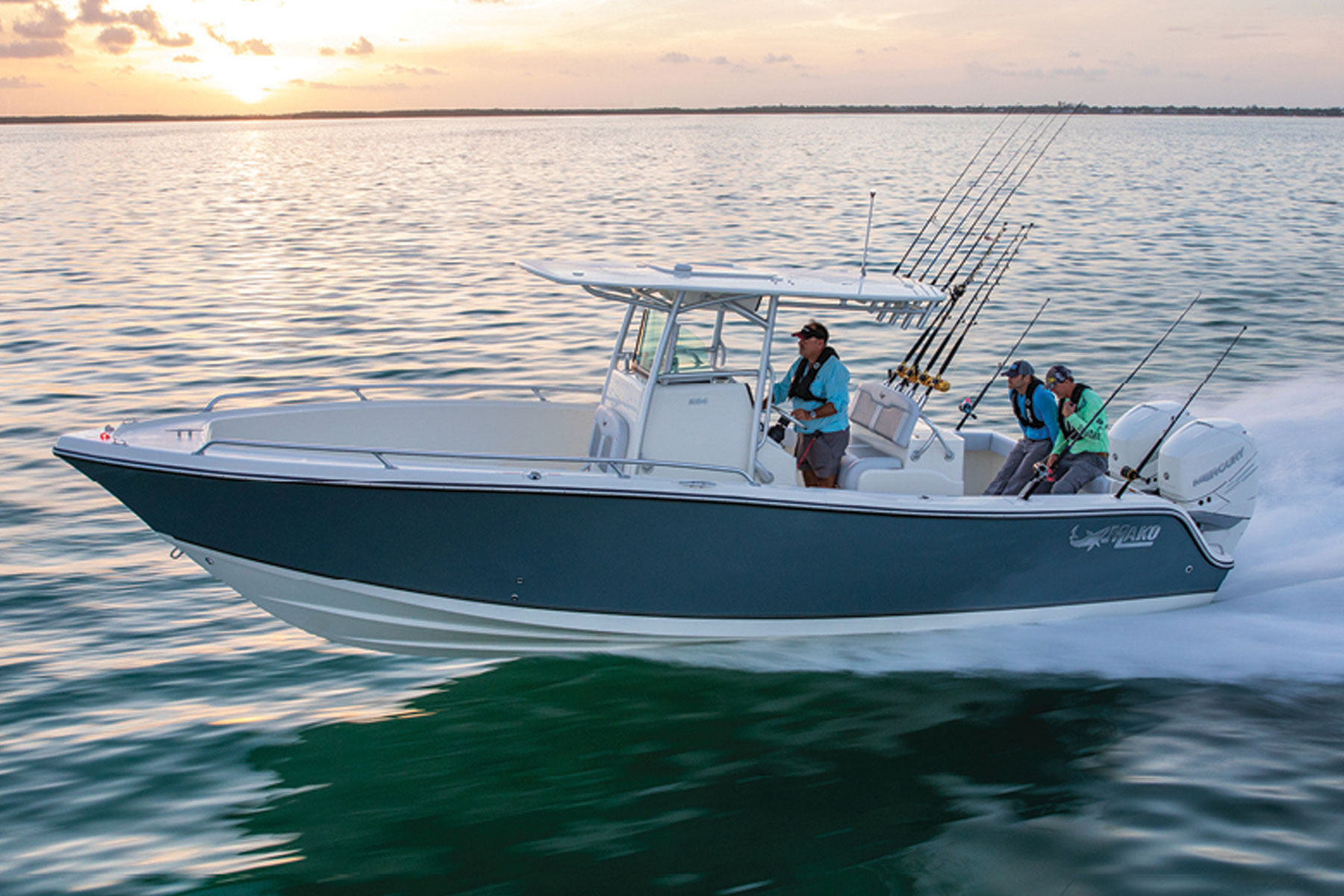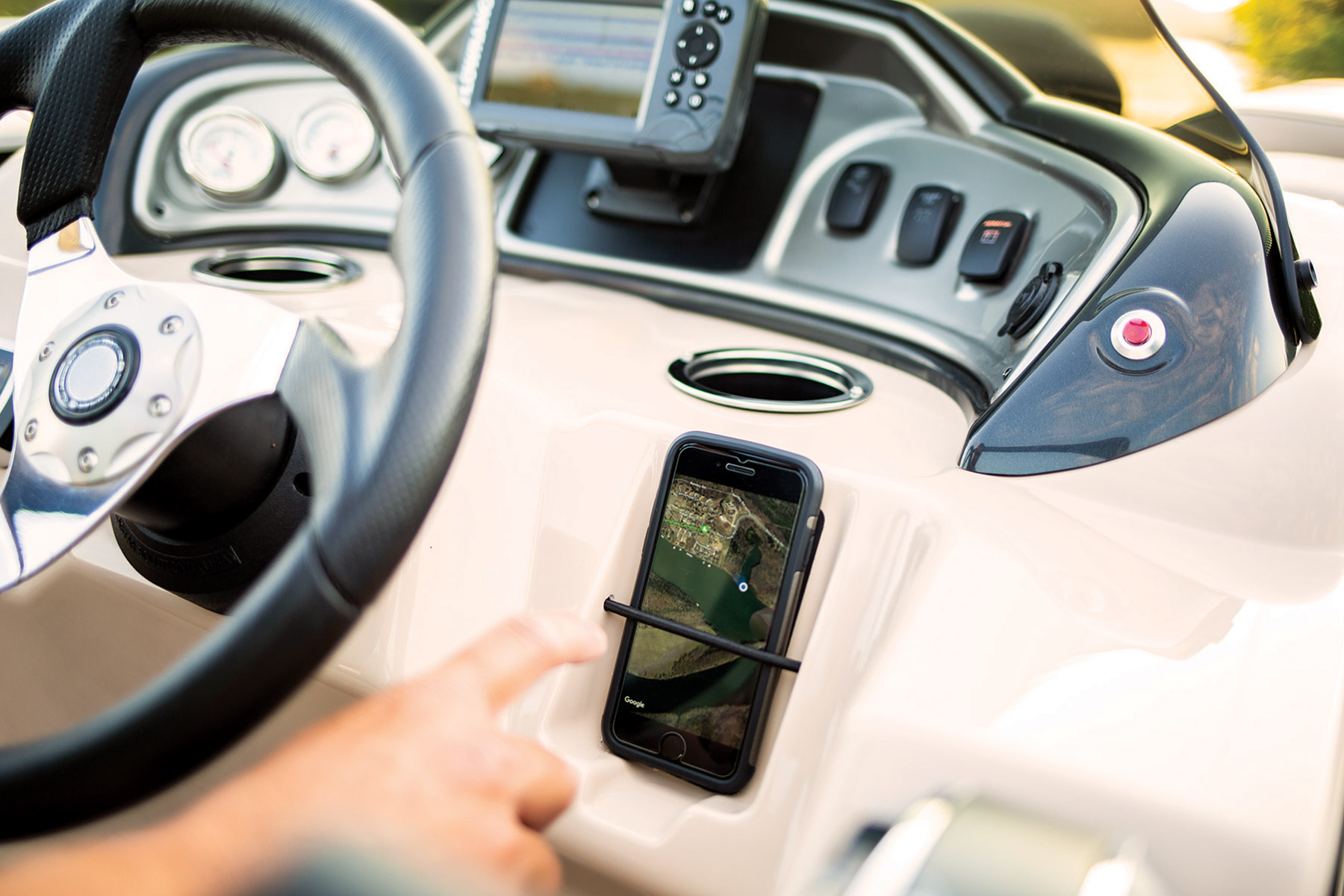You don’t need to go overboard when it comes to knowing the parts of a boat. What is a good idea, however, is understanding the basic functions of boat parts. Ideally, many of the vital parts and the functions they perform are all connected.
Some boat parts are structural, like the transom, while others are more functional, such as the jack plate on a bass boat.
This list of terms covers the parts and features that you will most likely use in your boating lifestyle.
Beam
The measurement of a boat at the widest point. On most recreational boats, this is the width across the transom, measured in feet or inches.
Bilge
The lowest point in a boat’s interior hull. The area between the hull bottom and deck.
Bulkhead
The transverse wall in a boat that bears weight and provides hull support. A common term with performance bass boats. Transverse bulkheads evenly distribute the weight of the outboard motor across the transom.
Chine
The area of the hull where it sharply changes in angle across a section of the hull. Chines improve lift and planing.
Cleat
Hardware on a boat to which lines are attached. Cleats are most commonly attached to the gunwale and are located on both sides of the bow and stern.
Cockpit
On yachts, the cockpit is the deck space for the crew. On recreational boats, the cockpit is the portion of the deck where the helm is located.
Deck
The permanent cover, or roof, over a compartment or hull of the boat. The deck is like the floor of a building. The deck and hull form the two main parts of a boat.
Downrigger
A gunwale-mounted weighted line rig that is used for deep-water trolling. Most common on saltwater bay boats, downriggers can also be mounted on a T-top or Bimini top to gain elevation over the water’s surface.
Galley
The kitchen area of a boat.
Gelcoat
A mixture of resin and pigment that comprises the smooth outside coating of a fiberglass boat.
Gunwale
The upper edge of the hull that fits around the deck.
Hatch
A deck opening, usually to a storage compartment or the bilge.
Head
Location of the space for a toilet in a boat.
Helm
The area of a boat where the operational controls and instruments are located.
Holding tank
Storage tank for graywater, i.e., the untreated water from onboard sinks and showers.
Hull
The structural body of the boat that floats in the water.
Jack plate
A mounting plate for an outboard motor that is attached at the transom. Jack plates enable the operator to vertically raise or lower the motor, thereby controlling propeller depth in the water. Jack plates can be used to improve outboard performance or gain access to shallower water.
Keel
The bottom-most portion of the hull. The keel extends along the longitudinal centerline. The keel provides strength, stability and prevents sideways drift of the boat.
Laminate
A single layer of material used in multilayered fiberglass construction. The process is called a lamination schedule, or the sequential layers of laminates and materials used to build the hull and deck.
Leaning post
A wide, padded bolster at the helm that is common on saltwater bay boats. Leaning posts allow the captain to stand while operating in rough water. They also create space for beneath-seat items like a cooler.
Livewell
Compartment on a fishing boat that is designed for keeping a catch of game fish or bait alive. Most livewells are plumbed to onboard pumps that can fill, discharge and circulate water in the compartment.
Outdrive
The lower unit of a sterndrive engine that houses the drive gears and the prop.
Reverse chine
A chine that angles downward from the hull. Reverse chines are designed to direct spray out and away from the boat for a smoother, drier ride.
Rub rail
The protective outer rubber bumper that extends around the boat, usually at the point where the top deck intersects with the hull.
Running lights
Navigation lights that a boat uses at night to indicate position and status. The clear, white light at the stern and the green/red lights at the bow are examples of running lights.
Sea cock
A thru-hull fitting with a valve between the interior and exterior of the boat. Sea cocks are most common on saltwater boats and yachts.
Strakes
Small linear extensions that run longitudinally on both sides of the keel. Strakes give a planing hull lift and lateral stability.
Stringers
Internal beams and braces that are located across the bottom and inside of the hull. Stringers are commonly referred to as the backbone of the boat, because they function like a human skeleton to provide structural support to the hull.
T-top
A short, aluminum tower with an overhead canopy that is located at the helm. Most common on center console bay boats, the T-top provides shade and protection from rain.
Transom
The rear section of the hull that connects the two sides.
Find more boating jargon here.


